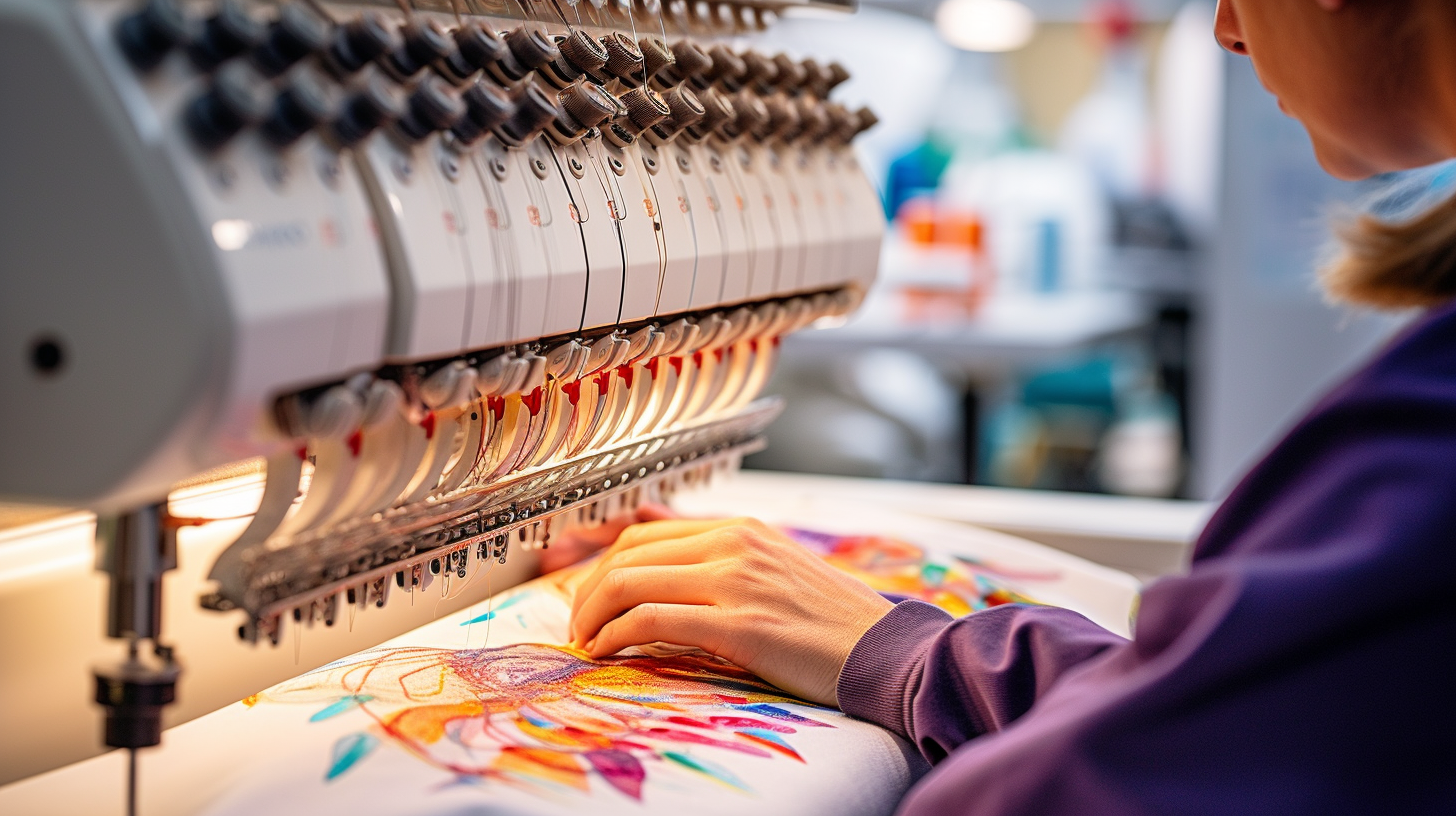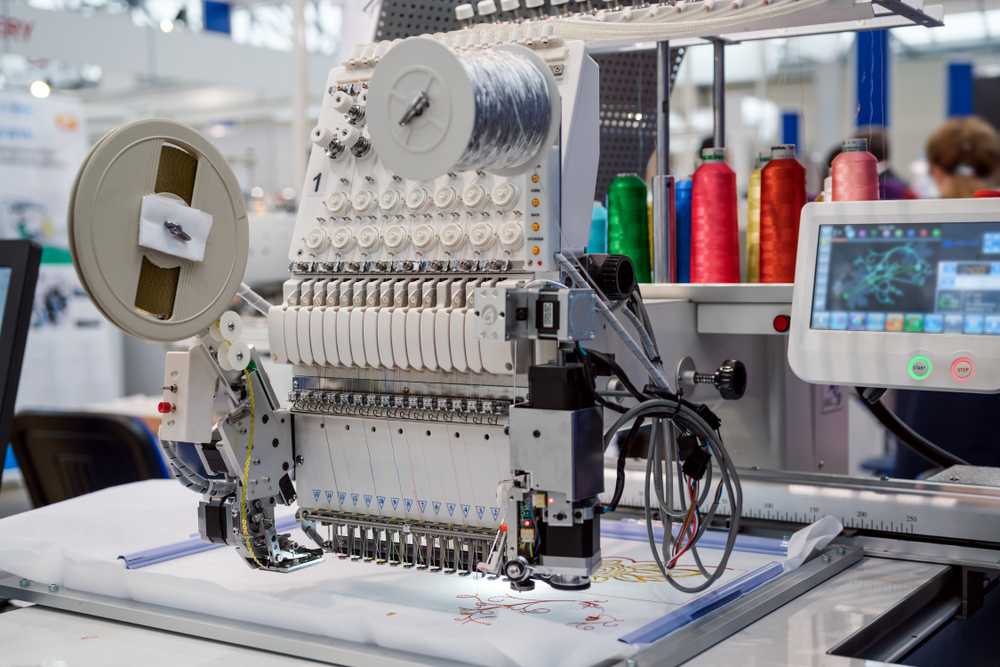Economical Digitizing for Embroidery: Accuracy and Information
Economical Digitizing for Embroidery: Accuracy and Information
Blog Article
Discover Various Types of Needlework Digitizing Techniques
Embroidery digitizing has progressed dramatically over the years, offering a myriad of techniques to bring designs to life in the digital realm. The realm extends to more advanced techniques like photorealistic embroidery digitizing and the fascinating realm of 3D needlework digitizing.
Traditional Hand Embroidery Digitizing
Typical hand needlework digitizing entails the procedure of transforming complex hand-stitched styles into digital layouts for machine needlework. This strategy needs skilled artisans to meticulously analyze the handmade design and then make use of specialized software application to recreate it in a digital format. Each stitch, shade, and information needs to be very carefully equated to ensure that the significance of the initial hand embroidery is maintained in the electronic variation.
One of the vital obstacles of conventional hand embroidery digitizing is recording the ins and outs and nuances of the handmade design. Digitizing for Embroidery. Artisans should have a deep understanding of various needlework techniques, such as satin stitch, chain stitch, and French knots, to precisely reproduce these methods in the digital world. Additionally, they require to have a keen eye for information to make sure that the digital layout preserves the same degree of artistry and craftsmanship as the initial hand-stitched piece
Punching Strategy
To flawlessly transition from typical hand embroidery digitizing to the boxing technique, craftsmens must currently concentrate on converting the detailed digital layouts into directions that needlework devices can analyze. The punching method involves utilizing specialized software program to create electronic data which contain commands for the embroidery maker to adhere to. This process needs a deep understanding of not simply the design itself however additionally the capacities and restrictions of the needlework machine.

Auto-Digitizing Software Application Programs
Embroidery digitizing has been transformed by the development of auto-digitizing software application, giving craftsmens with advanced tools to convert electronic styles right into needlework maker directions effectively. Auto-digitizing software application utilize algorithms to evaluate digital photos or vector documents and produce embroidery designs automatically. These programs permit quick and exact conversion of detailed styles into stitch patterns, saving time and their explanation effort for embroiderers.
One of the key benefits of auto-digitizing software program is its straightforward interface, making it available to both beginners and experienced digitizers. These programs usually consist of functions such as stitch editing tools, thread shade matching, and the capacity to preview the final stitched style. Additionally, auto-digitizing software program can manage complicated designs with several colors and detailed details, producing high-quality needlework files ideal for different apparel and fabric projects.
While auto-digitizing software program uses ease and efficiency, it is important for customers to comprehend the find out constraints of automated digitizing. Fine-tuning and hands-on changes may still be required to accomplish the wanted needlework top quality, especially when dealing with detailed or special designs. By leveraging the abilities of auto-digitizing software together with hand-operated digitizing techniques, artisans can boost their needlework digitizing process and create spectacular stitched pieces.
Photorealistic Needlework Digitizing
Utilizing sophisticated digital imaging strategies, achieving photorealistic outcomes in needlework digitizing has actually become an in-demand ability among contemporary craftsmens. This strategy involves transforming high-resolution images into complex stitch patterns that closely imitate the original style, causing embroidery pieces that exhibit realistic information and deepness.
To achieve photorealistic embroidery digitizing, artisans need to have an eager eye for information and a complete understanding of just how various stitch types and densities can affect the last end result. By thoroughly mapping out each color and shade in the picture, embroiderers can produce an electronic documents that overviews the needlework machine to replicate the nuances of the original photo precisely.
Photorealistic needlework digitizing is specifically preferred in developing personalized layouts for garments, home style, and art items where recording the essence of a photo or art work is vital. This strategy enables artisans to transform memories, landscapes, portraits, and intricate art work right into sensational stitched work of you can try here arts that display a mix of typical workmanship and innovative innovation.
3D Embroidery Digitizing
With the advancement of electronic imaging strategies in accomplishing photorealistic lead to embroidery digitizing, the expedition of 'D Needlework Digitizing' supplies a brand-new dimension to the intricacies of layout replication. 'D Embroidery Digitizing' describes the three-dimensional digitizing method that adds deepness and structure to embroidery styles, producing a more realistic and aesthetically attractive final item. This method uses software program that replicates the impact of light and shadow on the embroidery design, boosting its total aesthetic influence.
One of the crucial advantages of 'D Needlework Digitizing' is its capacity to make layouts look more lifelike and vibrant. By adding deepness to the embroidery style, the final item appears a lot more reasonable and exciting (Digitizing for Embroidery). Furthermore, this strategy allows for even more creative flexibility in design execution, making it possible for embroiderers to explore various structures and results that were previously testing to attain
Verdict

Report this page